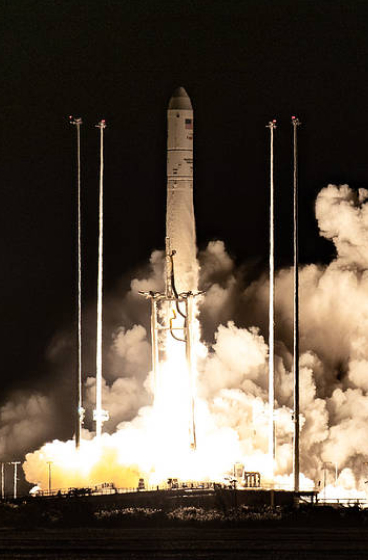Platforms
To date, PRISM has flown on two Twin Otter aircraft from NASA’s Glenn Research Center and Twin Otter International as well as the NASA ER-2 high altitude aircraft. PRISM is also being readied for integration on the NSF/NCAR HIAPER Gulfstream V.

































